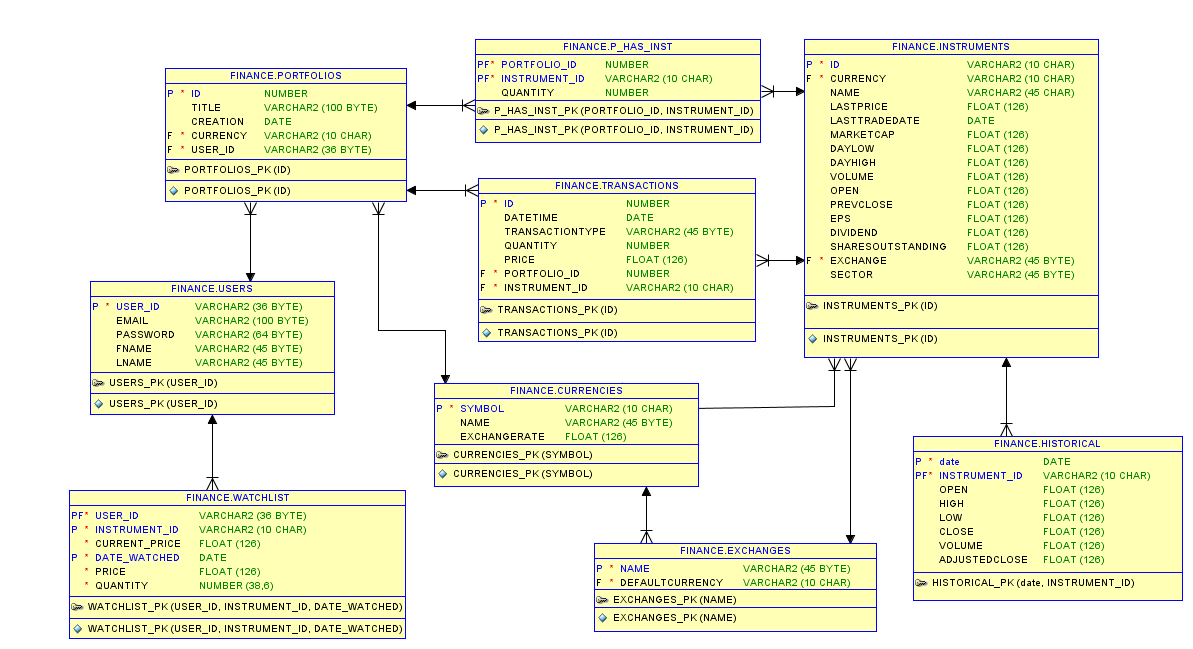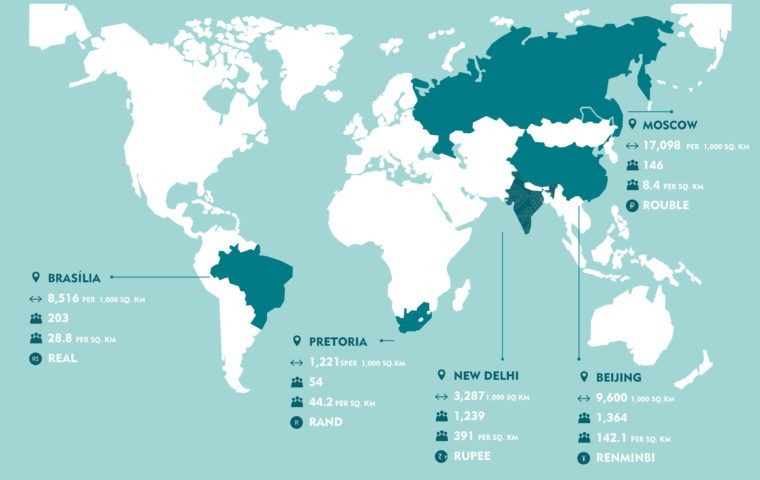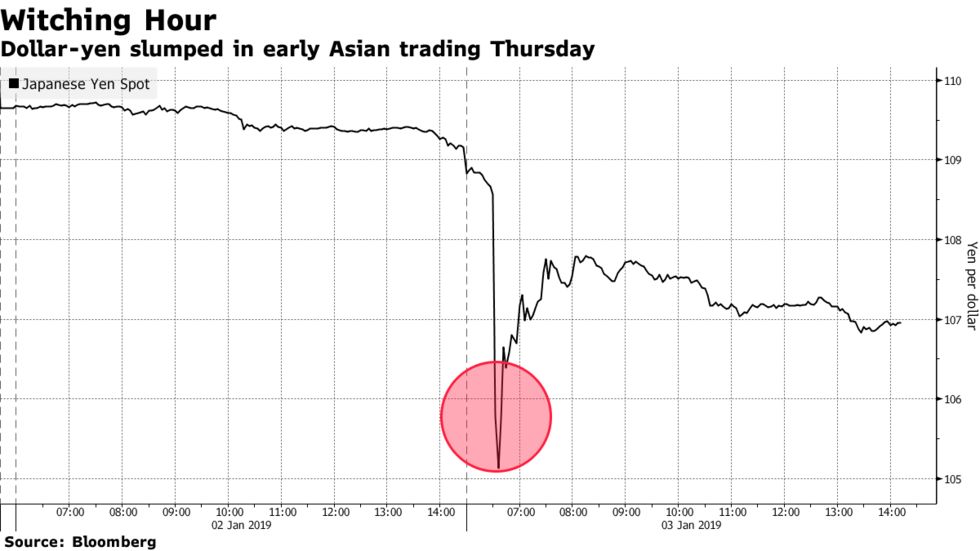ALM 101: Interest rate risk, earnings at risk


Market jitters are a sign that investors are anxious about the state of the economy and that the stock market could be overdue for a pullback or a correction. The economic cycle is the ebb and flow of the economy between times of expansion and contraction. Expansionary policy is a macroeconomic policy that seeks to boost aggregate demand to stimulate economic growth. These include white papers, government data, original reporting, and interviews with industry experts. We also reference original research from other reputable publishers where appropriate. You can learn more about the standards we follow in producing accurate, unbiased content in oureditorial policy.

Banks also have to periodically perform stress exams to measure the influence of changes in interest rates. During that crisis, Value at Risk fashions have been used to quantify buying and selling risks in buying and selling books. Repricing risk reflects the possibility that assets and liabilities will be repriced at different times or amounts and affect an institution’s earnings, capital, or general financial condition in a negative way. For example, the management may use non-maturity deposits to fund long-term, fixed-rate securities. If deposit rates increase, the higher funding costs would likely reduce net yields on fixed-rate securities. This analysis measures the difference in cash flows between rate-sensitive assets and liabilities and identifies the “gap” where repricing of instruments could produce risk.
For an income simulation to be effective in measuring risk, it should meet the following requirements. It:
The rule is effective for credit union examinations starting on or after April 1, 2022, and examiners will focus on compliance with this component in upcoming exams, according to the NCUA’s 2022 Supervisory Priorities. In a practical state of affairs, the idea of a parallel shift in the yield curves is not valid. For example, the rate on a 3-month Treasury bill increases by 50 bps, but the 3-month LIBOR only increases by 25 bps. A stock option gives an investor the right, but not the obligation, to buy or sell a stock at an agreed-upon price and date. Best-in-class solutions to manage the life of a loan and protect asset quality in the face of growing pressure on borrowers. For example, the 3-month Treasury curve increases by 50 bps, but the 10-year Treasury curve only increases by 25 bps, representing a move toward a flattening yield curve.

Based on the weighted length of assets and liabilities, a duration hole is worked out mathematically. When weighted belongings and liabilities are matched, the market rate of interest actions have nearly the identical influence on belongings, liabilities, and off-balance sheet items. Interest rate danger exists in an curiosity-bearing asset, similar to a loan or a bond, as a result of the potential of a change in the asset’s value resulting from the variability of rates of interest.
Dynamic vs. static modeling
Full BioRobert Kelly is managing director of XTS Energy LLC, and has more than three decades of experience as a business executive. He is a professor of economics and has raised more than $4.5 billion in investment capital.
Repricing danger additionally refers to the chance that the yield curve will transfer in a method that influence by the values of securities tied to rates of interest — especially, bonds and market securities. Pension funds have liabilities whose present worth is usually calculated by dividing by a bond market rate. The property of a pension fund can embrace mounted revenue instruments as well as different assets. Rate-sensitive assets are those assets that will mature or reprice in a given time period. Rate-sensitive liabilities are those liabilities that will mature or reprice in a given time period. In simulation analysis the detailed assessment of potential results of changes in interest rates on earnings and financial values could possibly be carried out.
- The Group’s structural interest rate risk measurement model is based on a complicated set of metrics and tools that enable its threat profile to be monitored.
- As such, gap evaluation fails to capture the variability in noninterest revenues and bills.
- The fluctuations within the yield curve are more frequent when the economy strikes through enterprise cycles.
- The variations in rates of interest have effects on the Group’s internet interest revenue, from a medium and short-time period perspective, and on its financial worth if a protracted-time period view is adopted.
- The EaR method estimates how much the earnings may be impacted by an opposed movement in interest rates.
Changes in interest rates, for example, affect almost every type of asset and can create repricing opportunities in the banking and capital markets in particular. Repricing risk is the risk of changes in interest rate charged at the time a financial contract’s rate is reset. It emerges if interest rates are settled on liabilities for periods which differ from those on offsetting assets. Repricing risk also refers to the probability that the yield curve will move in a way that influence by the values of securities tied to interest rates — especially, bonds and market securities.
Under the Financial Accounting Standards Board rules, when the company cancels an existing stock option and grants a new option “six months and a day” later, it is technically not a reprice. For that period between cancellation and new granting, the employee only has a promise that they will get the new options. It has to be famous that all property and liabilities are matured or repriced simultaneously in hole evaluation. Abrigo enables U.S. financial institutions to support their communities through technology that fights financial crime, grows loans and deposits, and optimizes risk.
It emerges if rates of interest are settled on liabilities for periods which differ from these on offsetting belongings. The Federal Reserve’s upcoming rate hike gives bankers more reason than ever to focus on IRR, asset/liability management , and deposit management strategies, policies, and programs. It also describes how financial institutions can make sure they measure interest rate risk accurately. Stock options are considered incentives to attract high-quality talent to a firm, as well as to retain high-quality talent, and in many cases, motivate employees. When the value of stock options becomes worthless due to adverse changes in the economy, companies will reprice the stock options to bring value back to them. Some companies changed their incentive programs to grant restricted stock instead of stock options.
The hole evaluation quantifies the time distinction between repricing dates of assets and liabilities but fails to measure the impact of the premise and embedded possibility risks. The hole report will not be able to measure the entire influence of a change in rates repricing risk of interest inside a said time band. It needs to be noted that each one property and liabilities are matured or repriced simultaneously in gap evaluation. It additionally suggests the magnitude of portfolio changes needed to change the chance profile of banks.
The simulation mannequin is an effective device for understanding the risk publicity in a variety of rate of interest/balance sheet scenarios. Interest price danger has the potential to create adverse effects on the monetary results and capital of the financial institution arising from positions within the banking guide. One of the elemental goals in banking is to borrow funds at a lower rate and lend them at a better fee, thereby making profits. Interest price risk arises as a result of adjustments in market interest rates, which have an effect on bank profitability. If deposit charges enhance, the upper funding prices would probably cut back web yields on mounted-fee securities. At the central degree, the GRM and Permanent Control department coordinates all groupwide market risk supervision and management issues.
Interest rate danger administration has turn out to be crucial, and diverse instruments have been developed to take care of interest rate risk. The repricing mannequin focuses on the potential modifications within the web curiosity revenue variable. In impact, if interest rates change, curiosity revenue and interest expense will change as the various property and liabilities are repriced, that’s, receive new rates of interest. One of its disadvantages is it ignores market worth effects and off-stability sheet money flows. Interest fee danger refers to the potential influence on the NII, the NIM, or the market worth of equity , which is brought on by surprising adjustments in market interest rates.
Understanding Repricing
If fixed rate assets are financed with floating rate liabilities, the rate payable on the liabilities may rise while the rate earned on the assets remains constant. There is a clear criterion for assigning devices to the trading guide with the target of making certain solely traded instruments are included in capital calculations and that regulatory arbitrage is minimized. This methodology is involved with exposures to rates of interest regardless of the kind of instrument. It can be concerned with the exposure to other danger components corresponding to FX charges and commodities. It is a portfolio method to calculating capital and the methodologies used in FRTB are designed to calculate capital charges. Variations in the NIM of banks happen when there are mismatches in cash flows or repricing dates .
As such, gap evaluation fails to capture the variability in noninterest revenues and bills. The situation of worth risk arises when property are bought before their stipulated maturity interval. Hence, banks that have lively trading books need to give attention to formulating policies to restrict portfolio measurement, holding interval, duration, cease-loss limits, and marking to market.
You might also like this infographic: “5 Steps to building an effective income simulation”
In fact, looking back to the four different types of IRR (repricing, basis, yield curve, etc.), repricing risk is the only type of risk that gap analysis does an adequate job of measuring. Interest rate risk in the Banking Book is the risk to earnings or capital arising from movement of interest rates. • Repricing risk, risks related to the timing mismatch in the maturity and repricing of assets and liabilities and off. Banks transferred their risk from the banking e-book to buying and selling books as a result of VaR values are low.
The company effectively replaces worthless options with those with value to retain top managers or key employees. An rate of interest rise puts monetary pressure on the consumer, which can in turn result in default of mortgage funds. The main factors that lead to increased interest rate threat are the volatility of interest rates and mismatches between the interest reset dates on belongings and liabilities. Repricing threat is the danger of changes in rate of interest charged at the time a financial contract’s rate is reset.
Captures all relevant cash flow and maturity and repricing data points, including important options, such as caps, floors, prepayment penalties, etc. While this type of analysis may be called an income simulation, not all income simulation models are built the same. When going through this exercise, remember the relationship between risk and return. This shouldn’t just be a preventative “check the box” exercise to eliminate risk, but rather a holistic look as to whether you’re considering all potential risks in strategies and that they don’t outweigh potential returns. While there are minimum regulatory requirements around interest rate risk, the asset/liability management solutions that allow for the best strategic decision-making do not settle for the regulatory minimum.
Repricing Opportunity
For instance, a company may have issued employee stock options that could be exercised at $30 after a vesting period, when the shares traded at $35. This option effectively granted holders the right to buy shares at $30 regardless of the market price in the future. However, nobody will agree to buy the stock at $30 if it falls to $25 a share in the open market. Repricing involves the exchange of worthless employee stock options for new options that have intrinsic value.
An incentive stock option is an employee benefit that gives the right to buy stock at a discount with a tax break on any potential profit. Stress situations are used to enrich the VaR measure, which by itself cannot capture the impression of maximum market situations. Crédit Agricole applied “confused VaR” in 2010 and Credit Valuation Adjustment VaR to measure the potential loss arising from downfall of counterparties’ credit ratings.
